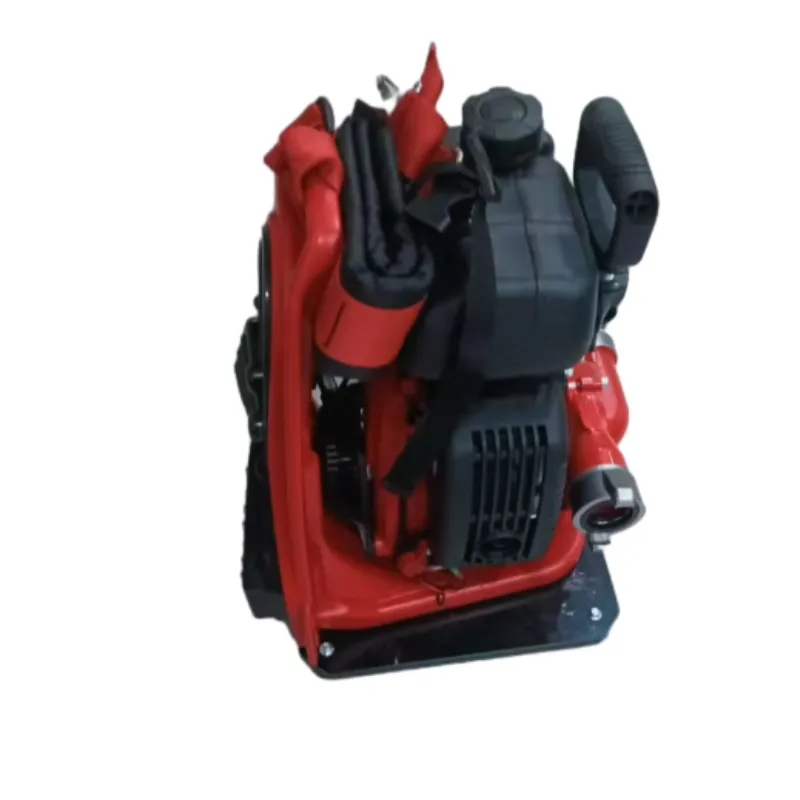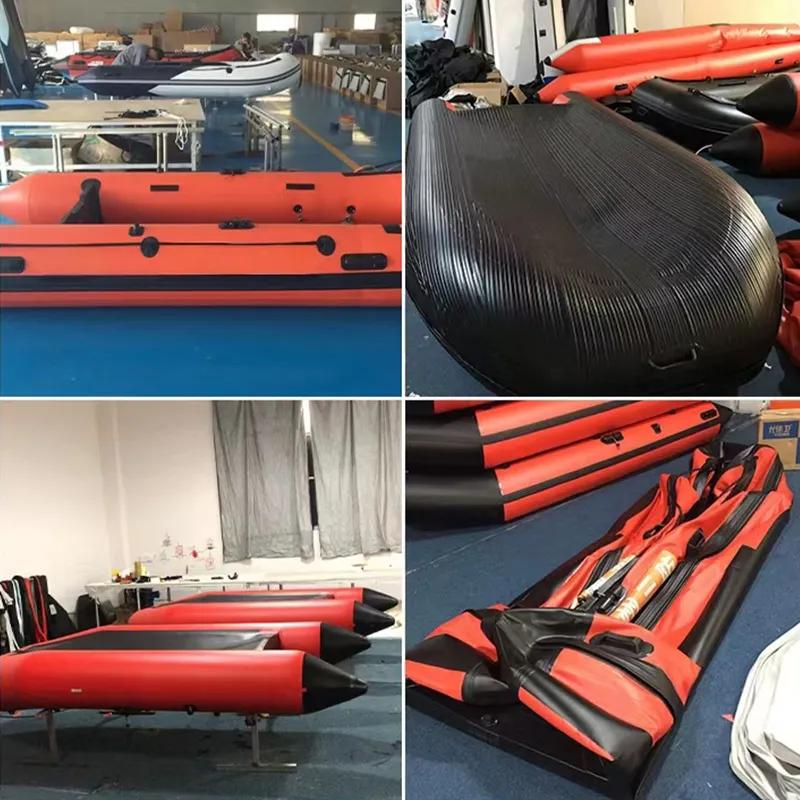

From a sustainability perspective, water mist systems stand out as green technology. Their reduced water consumption and lower overall environmental impact align with global efforts to promote sustainable industrial practices. Companies that have integrated mist systems into their processes report certification gains and enhanced corporate social responsibility profiles. Authoritative knowledge on the topic stems from ongoing innovations by leading manufacturers and continuous improvement in system components. These enhancements include advanced nozzle technology, smart control systems, and integration capabilities with building management systems. The expertise of engineers designing these systems ensures they meet rigorous safety standards and performance benchmarks. Experience from real-world installations provides further credibility. For instance, airports have adopted water mist systems in hangars to protect valuable aircraft while minimizing water usage and preventing collateral damage. In the hospitality industry, particularly in hotels and resorts, water mist systems help manage indoor climates, ensuring guest comfort without detracting from aesthetics. Trust in water mist systems is bolstered by extensive certification and adherence to international standards like NFPA 750 and FM Global guidelines. Regular maintenance, assessments, and advancements in technology underlie their reliable performance in critical applications. In summary, water mist spray systems represent a convergence of safety, efficiency, and environmental stewardship. Their expert design and trustworthy operation position them as a valuable asset across various sectors. Businesses and facilities investing in this technology not only safeguard assets and improve operational efficiency but also contribute to a more sustainable future. For organizations seeking to align with modern regulatory and environmental demands, implementing a water mist system provides both practical benefits and a competitive edge.





























